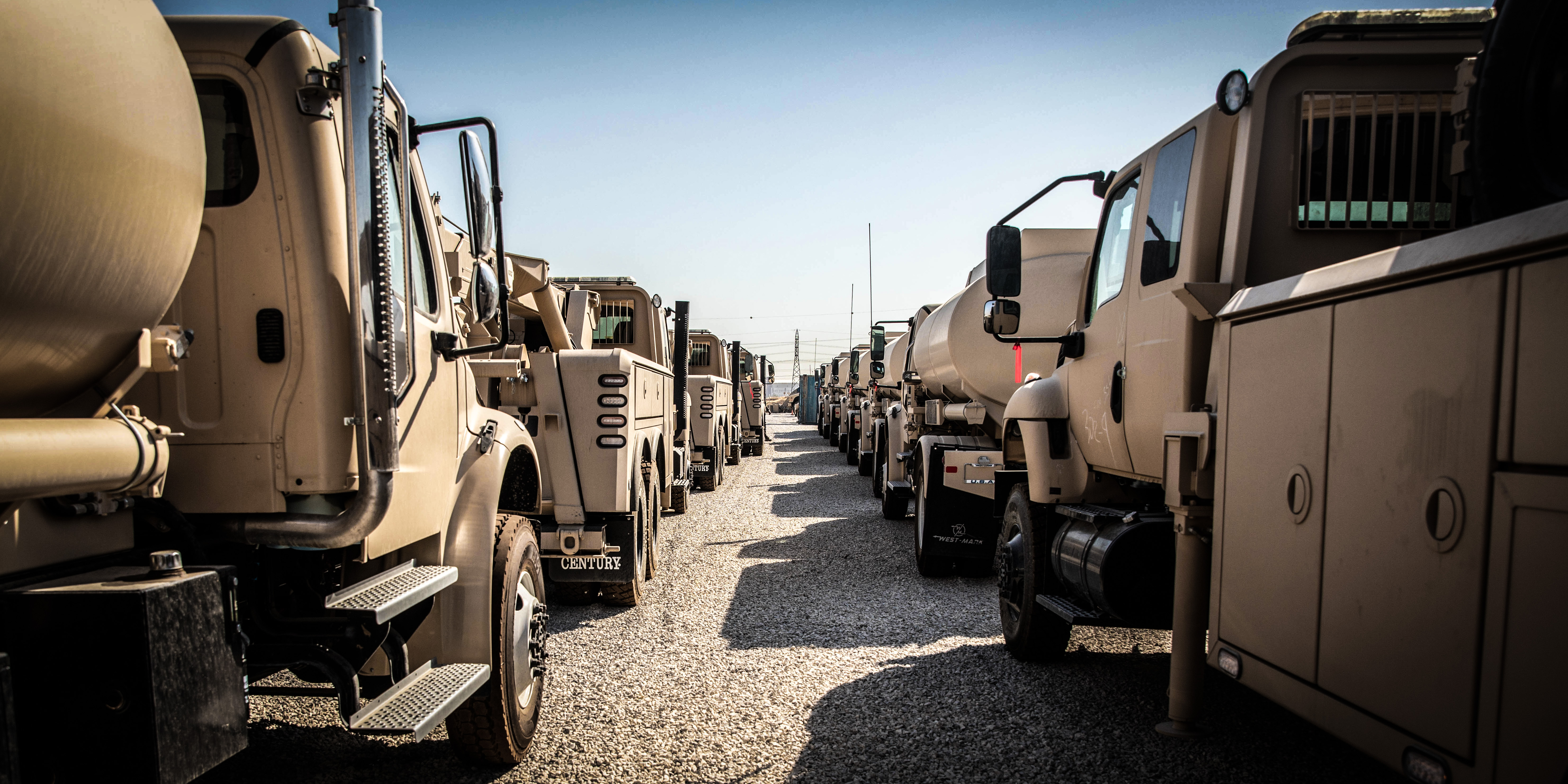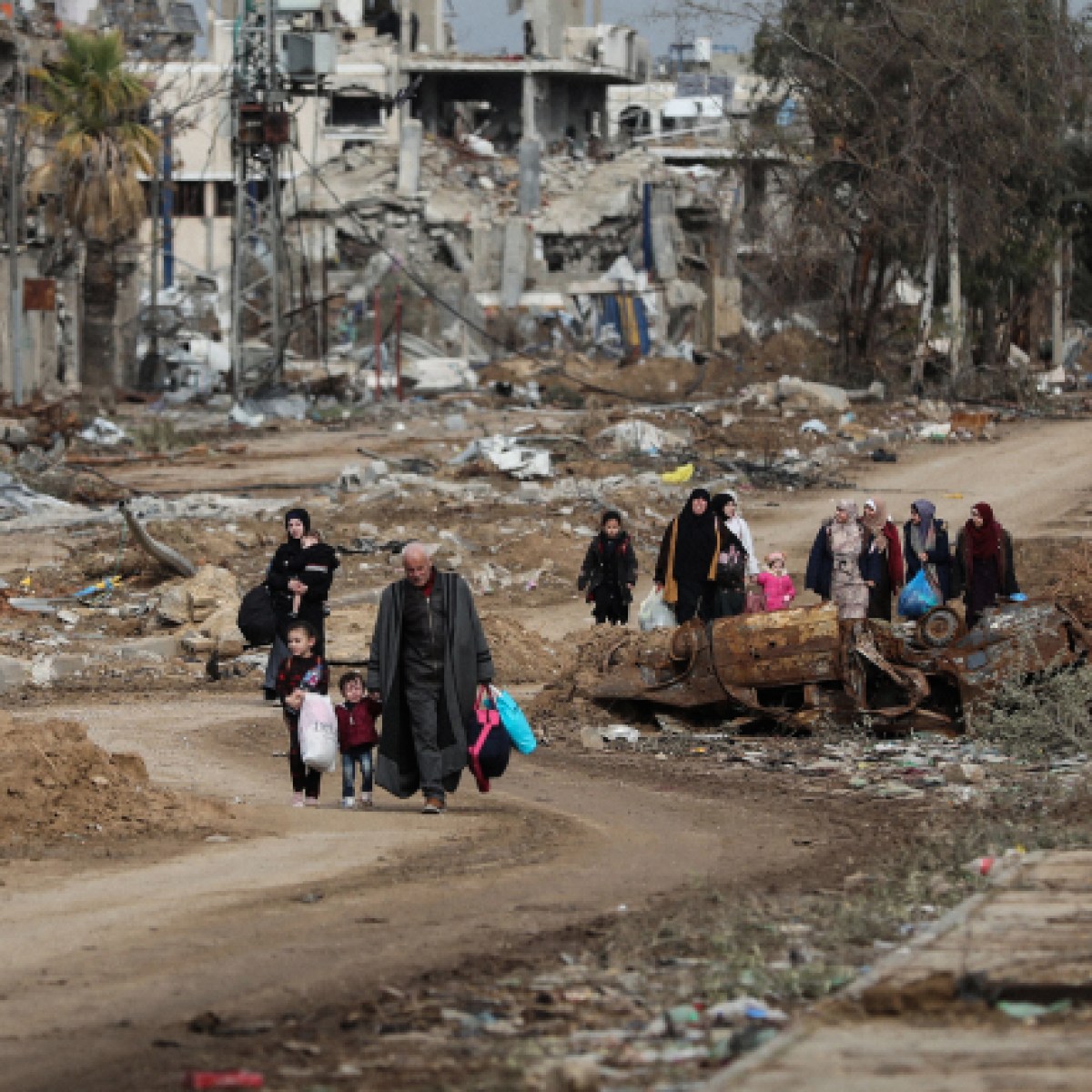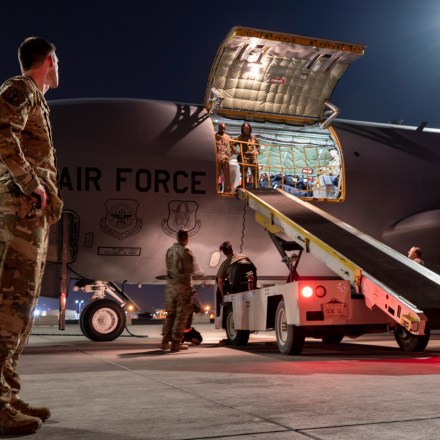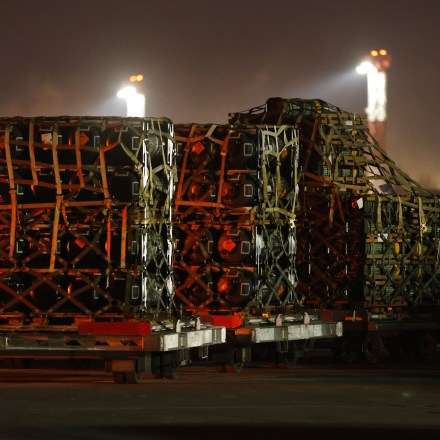U.S. military outposts in Iraq and Syria are plagued by thefts of weapons and equipment, according to exclusive documents obtained by The Intercept that show militias and criminal gangs are systematically targeting U.S. forces.
Military investigations launched earlier this year found that “multiple sensitive weapons and equipment” — including guided missile launch systems as well as drones — have been stolen in Iraq. This follows hundreds of thousands of dollars in military gear that were purloined from U.S. troops in Iraq and Syria between 2020 and 2022, as reported earlier this year by The Intercept.
America’s bases in Iraq and Syria ostensibly exist to conduct “counter-ISIS missions,” but experts say they are used primarily as a check against Iran. Since the October outbreak of the conflict between Israel and Hamas, these bases have come under regular rocket and drone attacks as part of an undeclared war between the U.S. and Iran and its surrogate militias.
The U.S. has increasingly responded to those attacks. In Syria, the U.S. launched “precision strikes” on a “training facility and a safe house” allegedly used by Iran’s Islamic Revolutionary Guard Corps. The U.S. has since employed an AC-130 gunship against an “Iranian-backed militia vehicle and a number of Iranian-backed militia personnel” at an undisclosed location, following a ballistic missile attack on Al Asad Air Base in Western Iraq. “The President has no higher priority than the safety of U.S. personnel,” said Secretary of Defense Lloyd Austin, justifying U.S. strikes.
But the criminal investigation documents obtained by The Intercept demonstrate that the U.S. cannot even secure its equipment, much less protect its troops.
“We don’t tend to think nearly critically enough about the ripple effects of such an expansive U.S. military footprint,” Stephanie Savell, co-director of Brown University’s Costs of War Project, told The Intercept. “The so-called war on terror isn’t over — it’s just morphed. And we can understand these weapons thefts as just one of the many political costs of that ongoing campaign.”
Details about the thefts in Iraq, which were never made public by the military, are found in criminal investigations files obtained via the Freedom of Information Act.
In February, military investigators were notified that 13 commercial drones, valued at about $162,500, were stolen from a U.S. facility in Erbil, Iraq, sometime last year. The agents identified no suspects, and no leads are mentioned in the file.
In February, military investigators were notified that 13 commercial drones were stolen from a U.S. facility in Erbil, Iraq.
A separate investigation discovered that “multiple sensitive weapons and equipment” including targeting sight and launcher units for Javelin missiles — a shoulder-fired guided missile that locks on its targets — were stolen at or en route to Forward Operating Base Union III in Baghdad, Iraq. The loss to the U.S. government was estimated at almost $480,000.
Investigators did not believe the thefts were an inside job. “No known U.S. personnel were involved,” according to a criminal investigations file. The investigators instead refer to locals as the likely suspects. “Iraqi criminal organizations and militia groups target convoys and containers for weapons and equipment,” the document stated. “Further there have been systemic issues with U.S. containers being pilfered by these groups and local nationals outside of Union III, due to the lack of security.”
Earlier this year, The Intercept revealed at least four significant thefts and one loss of U.S. weapons and equipment in Iraq and Syria from 2020 to 2022, including 40mm high-explosive grenades, armor-piercing rounds, specialized field artillery tools and equipment, and unspecified “weapons systems.” Two of the incidents took place at bases in Syria, and three were in Iraq. None of those thefts occurred at Forward Operating Base Union III.
Just how many thefts have occurred is unknown — perhaps even to the Pentagon. After more than two months, both Combined Joint Task Force–Operation Inherent Resolve, which oversees America’s war in Iraq and Syria, and its parent organization, U.S. Central Command, failed to respond to any of The Intercept’s questions about weapons thefts in Iraq and Syria.
Earlier this year, the task force admitted that it does not know the extent of the problem: A spokesperson said the task force has no record of any thefts from U.S. forces. “[W]e do not have the requested information,” Capt. Kevin T. Livingston, then CJTF-OIR’s director of public affairs, told The Intercept when asked if any weapons, ammunition, or equipment were stolen in the last five years.
The thefts and losses uncovered by The Intercept are just the latest weapons accountability woes to afflict the U.S. military in Iraq and Syria. A 2017 investigation by the Pentagon’s inspector general found $20 million of weapons in Kuwait and Iraq were “vulnerable to loss or theft.” A 2020 audit discovered that Special Operations Joint Task Force–Operation Inherent Resolve, the main unit that works with America’s Syrian allies, did not properly account for $715.8 million of equipment purchased for those local surrogates.
Groups like Amnesty International and Conflict Armament Research also found that a substantial portion of the Islamic State group’s arsenal was composed of U.S.-made or U.S.-purchased weapons and ammunition captured, stolen, or otherwise obtained from the Iraqi Army and Syrian fighters.
Losses of weapons and ammunition are significant — and the military has taken pains to prevent them in the past. When the U.S. withdrew forces from an outpost near Kobani, Syria, in 2019, it conducted airstrikes on ammunition that was left behind. The military also destroyed equipment and ammunition during the chaotic withdrawal from Afghanistan in 2021. Still, within weeks of the U.S. defeat, American-made pistols, rifles, grenades, binoculars, and night-vision goggles flooded weapons shops there. Others were exported to Pakistan.
Since the outbreak of Israel’s war on Gaza, it’s become ever more apparent that U.S. bases in the Middle East serve as magnets for attack, although far-flung outposts have been periodically targeted in other conflict zones. In 2019, for example, the terrorist group al-Shabab assaulted a U.S. base in Baledogle, Somalia. The next year, the same group raided a longtime American outpost in Kenya, killing three Americans and wounding two others.
In recent weeks, America’s bases in Iraq and Syria have sometimes come under persistent attack, including as many as four strikes by drones and rockets in a 24-hour period. U.S. forces have been attacked more than 70 times — 36 times in Iraq, 37 in Syria — since October 17. More than 60 U.S. personnel have been wounded, according to Deputy Pentagon Press Secretary Sabrina Singh.
The investigation files obtained by The Intercept offer evidence that U.S. military bases also provide tempting targets for criminals. Earlier this year, The Intercept reported on a daring daylight armed robbery of military contractors less than a mile from the entrance of Air Base 201, a large U.S. drone outpost in Niger. In 2013, a U.S. Special Operations compound in Libya was looted of hundreds of weapons along with armored vehicles. And a 2021 Associated Press investigation found that at least 1,900 military weapons were lost or stolen during the 2010s — from bases stretching from Afghanistan to North Carolina — and that some were then used in violent crimes.










